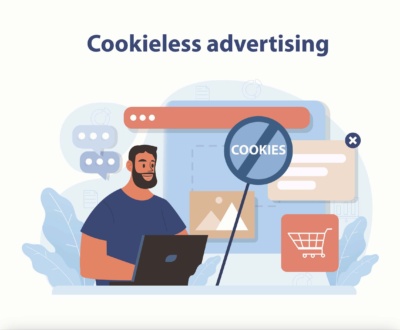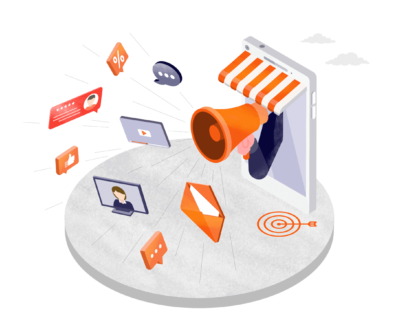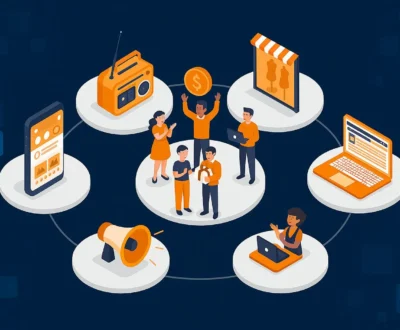What is Canonical Tag in SEO?
- July 25, 2024

When it comes to search engine optimisation (SEO), it’s important to know about the different things that can make your website work better. One of these components is the canonical tag in SEO. This blog will talk about what a canonical tag is, why it’s important, some examples, and the best ways to use it. It will also look at 301 redirects and compare them. We’ll also talk about how to check your original tags. Along the way, we’ll easily add secondary keywords, such as canonical tags for SEO and canonical meta tags, to make the content more useful and relevant.
Why Canonicalization is Important?
When it comes to SEO, canonicalization helps stop problems with similar content. Search engines may not know which URL to rank when the content on more than one URL is the same or very identical. Here is where the canonical tag in SEO comes in handy. It tells search engines which version of a URL you want them to crawl and rank.
Canonicalization Example
To understand canonicalization, consider this example:
Let’s say you run an online store that sells shoes. Different sorting options may result in multiple product URLs.
- www.example.com/shoes?color=red
- www.example.com/shoes?size=10
- www.example.com/shoes?sort=price
If you don’t use a canonical tag, search engines might think that these are two different pages, which could cause problems with duplicate material. With a canonical tag, you can send all of these versions to a single preferred URL, like this:
<link rel=”canonical” href=”https://www.example.com/shoes”>
Why Do We Need Canonical Tag?
You need the canonical tag in SEO for a number of reasons:
Avoid Duplicate Content:
It tells search engines which form of a URL should be taken as the main one, which helps avoid problems with duplicate content.
Consolidate Link Equity:
It makes sure that backlinks to different versions of a page point to the chosen URL, which builds link value.
Improve Crawl Efficiency:
It helps crawlers work better by telling them to focus on the chosen URL.
Canonical Tag Best Practices
Here are some tips on how to use the canonical meta tag correctly:
Use Absolute URLs:
Don’t give search engines any trouble; always use exact URLs in canonical tags.
Be Consistent:
Make sure that all of your websites use canonical tags in the same way.
Self-referential Canonicals:
All of your pages should have canonical tags that point to themselves.
Avoid Multiple Canonicals:
To avoid problems, make sure that each page only has one canonical tag.
301 vs Canonical
It’s important to know the difference between a 301 redirect and a canonical tag in SEO before choosing between them:
301 Redirect:
always sends visitors to a different URL. When you no longer need the original URL, it’s best to combine the materials.
Canonical Tag:
indicates the preferred version of a URL without sending users to a new page. It’s great for dealing with duplicate material because all versions stay online at the same time.
How to Audit Your Canonical Tags
It is important to check your canonical tags on a regular basis to keep your website healthy. Let me show you how to do it:
Use SEO Tools:
Canonical tag problems can be found with the help of tools like Screaming Frog and Google Search Console.
Check Consistency:
Make sure that every page has canonical tags that point to themselves and that no page has more than one canonical tag.
Review URLs:
Make sure that the canonical tags lead to the right, most recommended URLs.
Because you followed these steps, you can be sure that your canonical tags for SEO are set up properly and are working the way they should.
Click Here for SEO Services
Conclusion
The canonical tag in SEO is a vital tool for managing duplicate content, consolidating link equity, and improving crawl efficiency. By understanding its importance, best practices, and how to audit it, you can significantly enhance your website’s SEO performance. Remember to use canonical tags wisely and regularly audit them to ensure they are correctly implemented. Implementing these strategies will help you stay ahead in the SEO game and improve your website’s overall ranking.
FAQ’S
Yes, you can use canonical tags on different sites to avoid problems with duplicate content and build link equity. This helps when the same information is on more than one website and you want to link to the first one.
Search engines use canonical tags to figure out which URL to rank higher, which helps them find and index the best version. The page’s ranking can be raised by combining link signs in the right way with canonical tags.
Canonical tags and noindex tags can be used together, albeit they fulfill distinct objectives. When both are applied to a webpage, search engines generally respect the noindex instruction and prevent the page from being included in search results.
To test canonical tags, employ tools such as Google Search Console, Screaming Frog, or other SEO audit tools. These tools aid in the identification of accurate implementation of canonical tags and the detection of any errors or conflicts.
People often make mistakes like sending canonical tags to the wrong URLs, using relative URLs instead of absolute URLs, having more than one canonical tag on the same page, and not using canonical tags that can refer to themselves. Regular checks are necessary to make sure that the right steps are taken.









